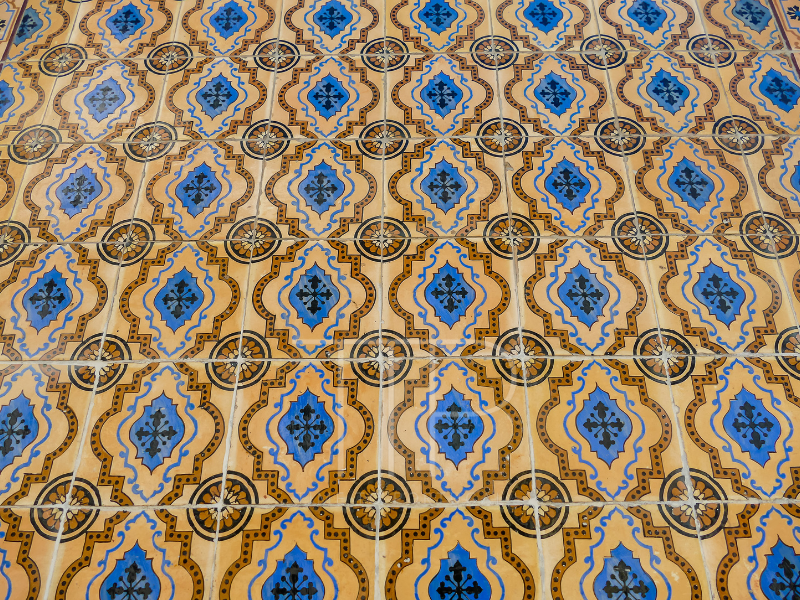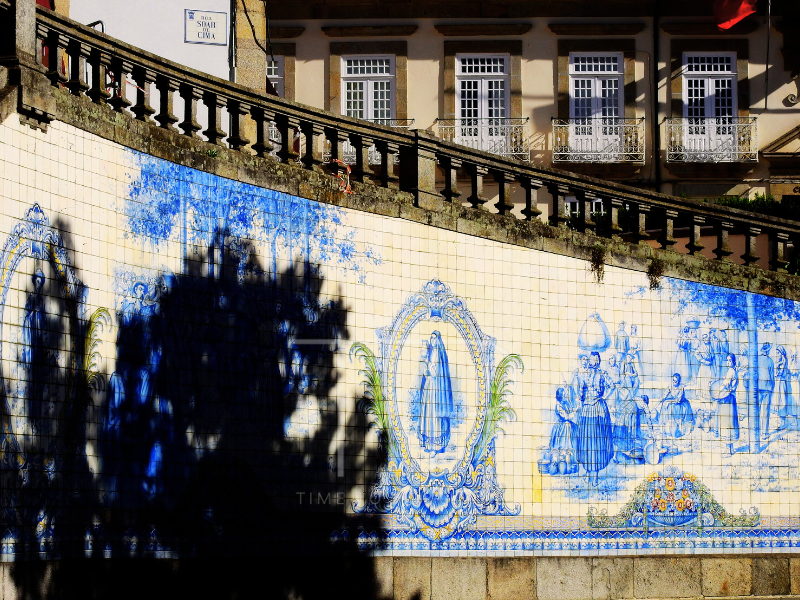Between Aveiro and Viseu you can discover the arts and crafts that connect the past, present and future in the Center of Portugal.
Walks in nature, from the sea to the mountains and from the estuary to the river, and an award-winning table complete this creative and inspiring itinerary.
Weaving in Pardilhó, in Estarreja, is one of the most traditional crafts in the Aveiro region. This tradition has been preserved for over 100 years at the Casa do Tear, which is part of a museum. The space is part of the creative tourism routes of the Ria Viv’Arte project, including creative tourism experiences such as observing xávega art or the construction of moliceiros boats and visits to spaces such as the Vista Alegre Museum in Ílhavo and the Arte Nova Museum in Aveiro. The Hotel Moliceiro, a symbol of charm and refinement, is located next to this museum, opposite the Central Canal. In 2024, Aveiro will be the Portuguese Capital of Culture.
The Ria de Aveiro and the Municipal Environmental Interpretation Center are the first stop on this week’s Green Walk. Here you can watch flamingos, explore educational games about local biodiversity and visit the salt pans. On the way to Viseu, we suggest the Ecopista do Dão or Grande Rota 37, which passes through Mata do Fontelo, the city center’s lung.
In the parish of Alcafache, in the municipality of Mangualde, another centuries-old craft is preserved: Tibaldinho embroidery. This cultural heritage is part of the CRAFT project – Creative Tourism in the Viseu Dão Lafões region, which suggests a route through the products and artisanal practices of this region. On the outskirts of Viseu, the last stop on this route is the Mesa de Lemos restaurant, run by chef Diogo Rocha. Awarded a Golden Fork in the Boa Cama Boa Mesa Guide 2024 and part of a wine-producing estate, the restaurant is an ambassador for the region.


